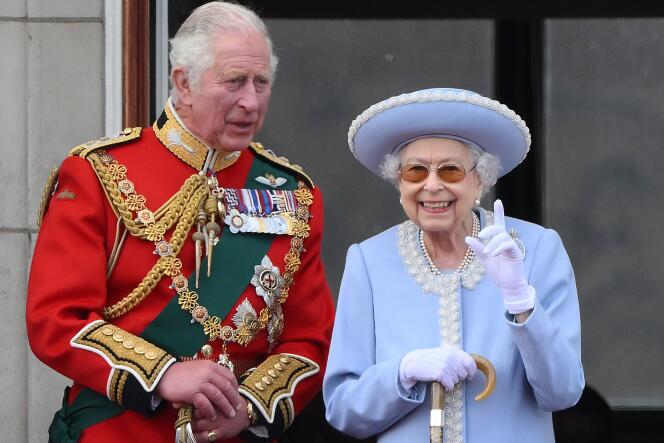
Who will succeed Elizabeth II?
In the United Kingdom of Great Britain and Northern Ireland – along with the other 14 Commonwealth realms – the rule of succession is based on "primogeniture," meaning the firstborn legitimate child of the monarch succeeds to the throne. In this case, it is Prince Charles, 73, the eldest son of Elizabeth II, who immediately becomes king following the death of his mother, although the formal coronation ceremony will be held at a later date.
When was this rule established?
The rules of succession to the British crown were historically based on the principle of "male-preference cognatic primogeniture": If a king had more than one heir, the first male child was chosen to succeed him to the throne, and failing that, the crown would go to the female children. In this way the system differed from the "salic" law (also known as "agnatic primogeniture") the French monarchy followed starting in the 15th century which prevented women from claiming the throne – or even passing the crown to their eldest son.
Elizabeth II only had one younger sister when her father, George VI, died, but if she had had a brother, even a younger one, he would have become king. This rule was changed in 2011. The "Succession to the Crown Act," which was passed in 2013 and came into force two years later, introduced strict cognatic primogeniture, which does not discriminate between male and female heirs.
Are there any conditions of accession to the throne?
The British monarch must be of Anglican faith, since he or she is also the Supreme Governor of the Church of England. One of the rules of the 1701 "Settlement Act," it rules out any Catholic contenders.
The reform of 2011 relaxed this principle slightly, as the new king or queen is no longer required to have a spouse of Anglican faith and can be married to a Catholic.
Who comes after Charles in the order of succession?
After Charles, his eldest son William (Duke of Cambridge, born in 1982) follows directly in the order of succession. He is followed by his children:
2. George of Cambridge (born in 2013),
3. Charlotte of Cambridge (born in 2015),
4. Louis of Cambridge (born in 2018).
After William's children, the crown would go to his brother Henry (known as Harry, 5th), then his children Archie (6th, born in 2019) and Lilibet (7th, born in 2021). Prince Andrew (Duke of York, born in 1960 and younger brother of Charles) comes in 8th position.
In 2011, the British press went wild for the person identified as the 4,972nd person in the order of succession, a German therapist named Karin Vogel. A descendant of Sophie of Hanover, she was quoted in the French newspaper Courrier International as being rather pleased not to have to rule over the Commonwealth realm.
Is it possible to relinquish the throne?
There are several examples of kings who have given up the throne of the United Kingdom. Indeed, the last of them was a close relative of Elizabeth II. In 1936, upon the death of George V, Edward VIII acceded to the throne, but after just 11 months of reign he chose to abdicate because the rules of the Anglican Church prevented him from marrying Wallis Simpson, a divorcee. It was then that the father of the future Queen Elizabeth, George VI, ascended the throne, where he remained until his death in 1952.
What are the consequences for the other countries that recognize Elizabeth II as head of state?
In addition to Great Britain and Northern Ireland, the British sovereign is the head of state of 14 other Commonwealth countries, including Canada, New Zealand and Australia, as well as Jamaica, the Bahamas, Papua New Guinea, the Solomon Islands and Tuvalu.
All of these countries agreed in 2011, within the framework of the Perth agreement, to review part of the rules of succession, since the rule requires the consent of all the kingdoms. On that occasion, the 14 realms reaffirmed their commitment to the Queen and the Commonwealth, although the question of abolishing the monarchy is regularly discussed in countries like Australia and New Zealand.